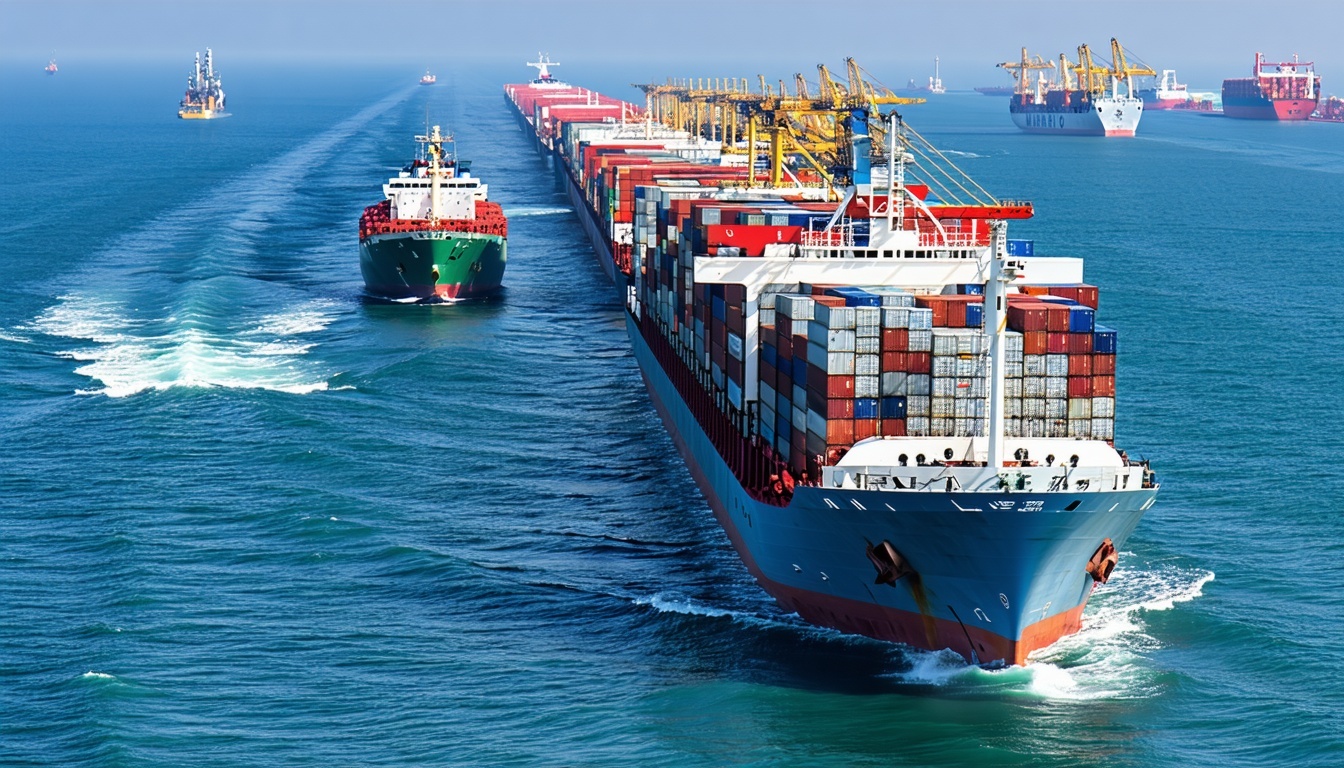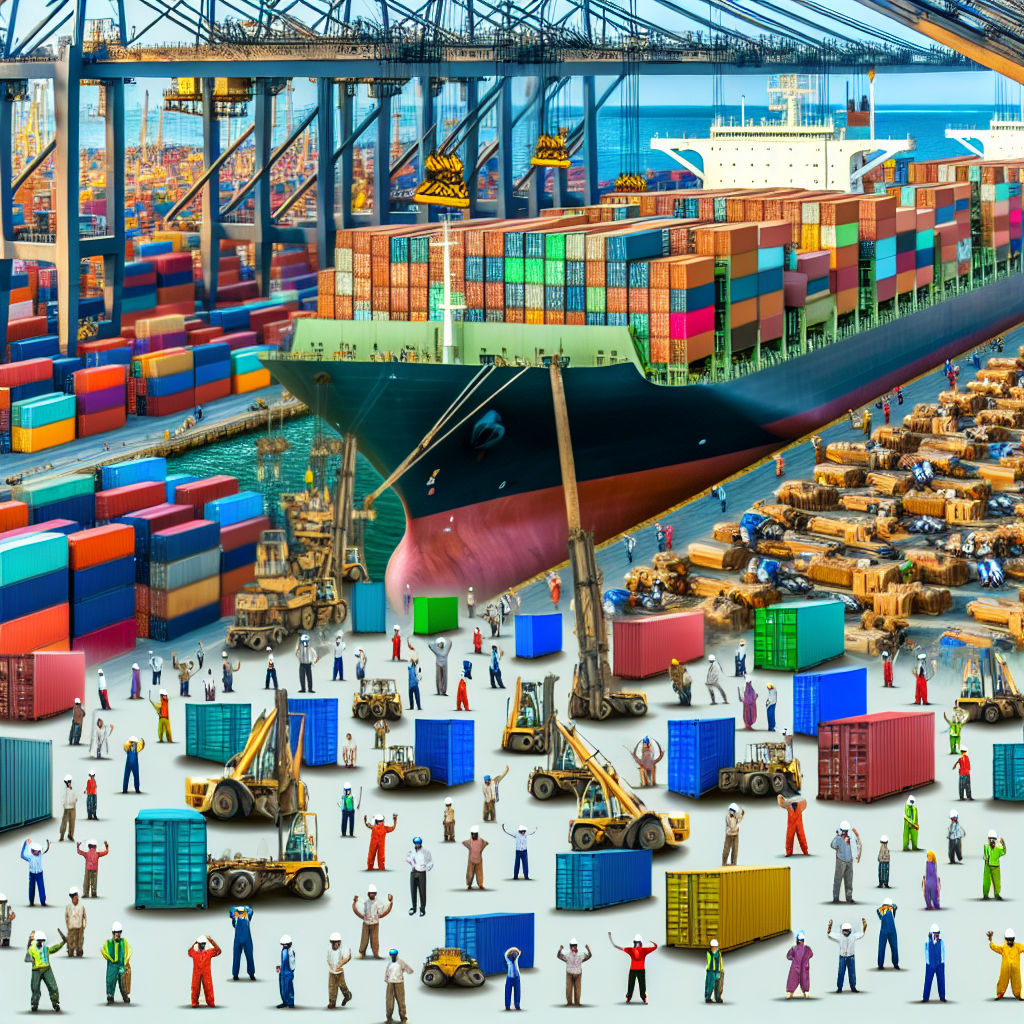Red Sea Crisis: Impact on Shipping Container Costs

The Red Sea Crisis is causing significant disruptions in global maritime logistics, resulting in skyrocketing shipping container costs and longer transit times.
Understanding the Red Sea Crisis
The Red Sea Crisis refers to the recent geopolitical tensions and conflicts that have escalated in the region, affecting one of the most crucial maritime corridors in the world. The Red Sea is a vital route for global trade, connecting the Mediterranean Sea via the Suez Canal to the Indian Ocean. In fact, it is estimated that 12% of global trade is usually transported through the region. Any disruptions here can have a ripple effect on international shipping and logistics.
Immediate Effects on Shipping Routes
The immediate impact of the Red Sea Crisis on shipping routes is significant. Vessels that would typically pass through the Suez Canal are now facing delays or rerouting. Increased naval patrols, heightened security checks, and potential threats have made shipping through this region more complex and time-consuming. The Red Sea Crisis has had the highest impact on Europe-Asia trade.
Alternative Routes that are Taken by Vessels
In response to the crisis, many shipping companies are opting for alternative routes to avoid the Red Sea. The volume of container ships, in particular, through the region have reduced by almost 70%. One common alternative is navigating around the Cape of Good Hope at the southern tip of Africa. While this route avoids the immediate dangers of the Red Sea, it adds considerable distance and time to the journey.
Impact on Transit Times and Delivery Schedules
The alteration of shipping routes has led to increased transit times and disrupted delivery schedules. What used to be a more direct path through the Suez Canal now involves longer voyages, which can delay the arrival of goods by several days or even weeks. This disruption is particularly challenging for time-sensitive shipments.
The re-routing of vessels around the Cape of Good Hope has also cause congestion at ports which results in increased transit times over and above the extended time on water.
How to Adjust Your Shipping Plans to Account for the Red Sea Crisis
To mitigate the impact of the Red Sea Crisis, businesses should consider adjusting their shipping plans.
This includes:
- Working closely with logistics providers to explore alternative routes
- Planning for longer lead times - in particular for companies that use the Just-In-Time logistics strategy
- Staying informed about the latest developments in the region
- Secure insurance coverage to protect against potential losses due to delays or disruptions.
Rising Shipping Container Costs
One of the most noticeable effects of the Red Sea Crisis has been the increase in shipping container costs. With longer routes and heightened risks, the operational costs for shipping companies have surged. These costs are inevitably passed down to customers, leading to higher prices for shipping containers. Furthermore, the increased demand for alternative routes has created a bottleneck, driving prices even higher.
Future Projections and Potential Solutions
Looking forward, the situation in the Red Sea region remains uncertain. However, shipping companies and global trade organizations are actively seeking solutions. Potential measures include enhancing security protocols, investing in new technologies for better route management, and fostering diplomatic efforts to stabilize the region.
Businesses should remain adaptable and proactive in their logistics planning to navigate these challenges effectively. For insights into strategic shipping considerations in another crucial maritime region, you might find our article on shipping in Southeast Asia informative.



